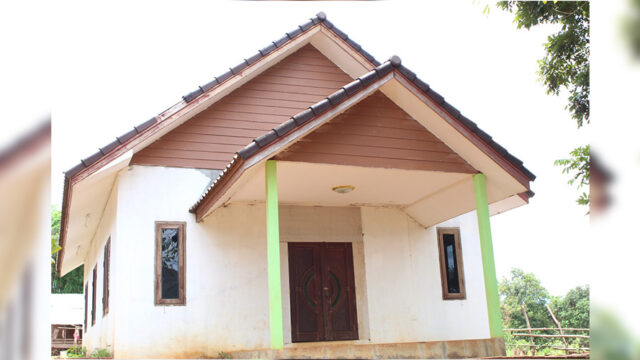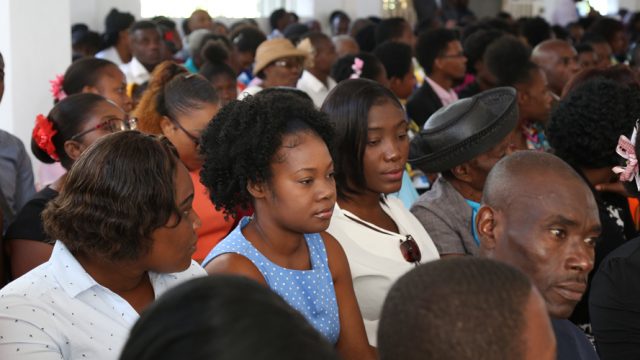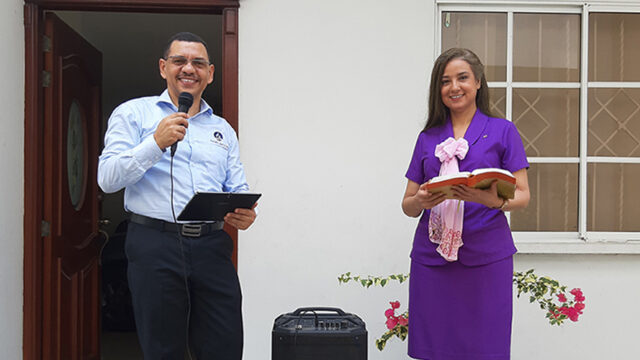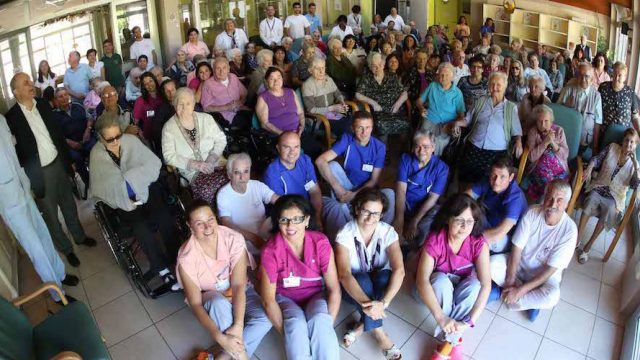Large numbers of people on three continents face hardship in the aftermath.
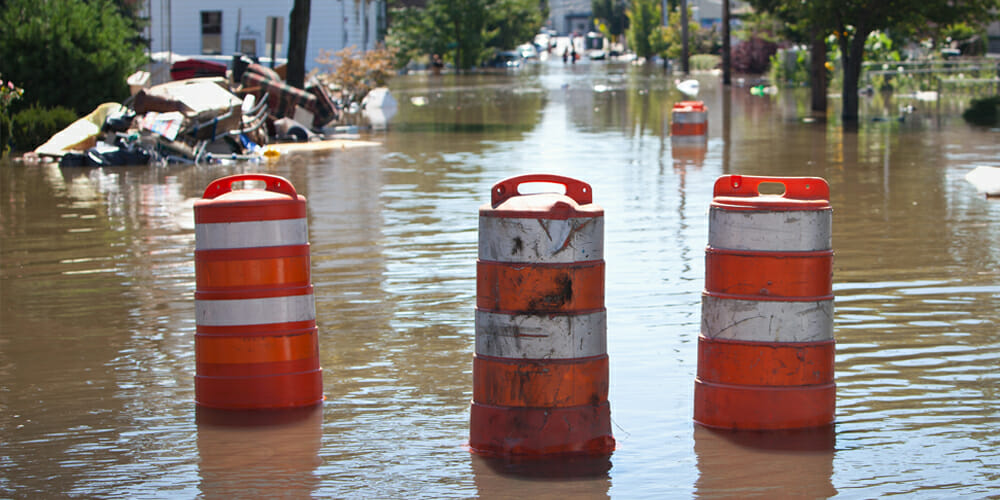
The Adventist Development and Relief Agency (ADRA) is responding to three powerful cyclonic storms, one that blasted the east coast of the U.S., one that crossed the northern Philippines and moved on to China, and a third in the Lower Antilles in the Caribbean, with strong winds and heavy rains, affecting millions and forcing many to evacuate.
“Our emergency team has been tracking these storms closely for several days, and has been pre-positioning aid, coordinating with partners, and deploying response teams to be ready to assist communities as quickly as possible,” said Mario Oliveira, director for emergency management at ADRA International.
All three storms — Hurricane Florence in the U.S., Super Typhoon Mangkhut (Omphong) in the Philippines and China, and Tropical Storm Isaac in the Caribbean — have the potential to cause significant devastation, according to ADRA emergency officials. A fourth storm, Hurricane Helene, is expected to reach the United Kingdom on September 17, meteorologists are predicting.
“We cannot underestimate the power of these storms,” Oliveira added. “As we have seen in the past, they can devastate entire communities and cause havoc. This is why at ADRA we aim to work as swiftly as possible with our teams and our partners to ensure a fast response, and to mitigate the impact of these storms.”
Hurricane Florence, United States
Hurricane Florence made landfall early Friday morning, September 14, on the coasts of North Carolina and South Carolina, blowing ashore with 90-mph winds. Up to 23 casualties have been reported, hundreds of thousands are without power, hundreds of people have been rescued from flooded areas, and many more rescues are underway, according to news reports.
ADRA is working closely with several emergency response partners, including Adventist Community Services (ACS), Partners for Humanity (P4H), and LDS Charities to provide funding and other support.
“ADRA is also working with ACS to continue monitoring Florence and is in talks to provide emergency assistance after the storm passes,” Oliveira said.
Typhoon Mangkhut, Philippines
Super Typhoon Mangkhut, a category 5 storm, made landfall in the Cagayan-Isabela area in the northern island of Luzon on Saturday, September 15, according to the Philippine Atmospheric, Geophysical and Astronomical Services Administration (PAGASA), dumping heavy rain and causing floods and a major landslide in the region.
ADRA’s office in the Philippines deployed a rapid response team hours before Super Typhoon Mangkhut made landfall.
“Due to the critical storm level, ADRA has deployed an emergency response team to the Isabela province who as of now has been working with three local church missions and government authorities to help prepare thousands of families and assess community needs,” Oliveira said.
After passing over the northern Philippines, Mangkhut caused damage in Hong Kong and mainland China.
Tropical Storm Isaac, Caribbean
With maximum sustained winds of 40 mph, Tropical Storm Isaac was anticipated to move slowly across the eastern and central Caribbean Sea and weaken as it did so, according to the U.S. National Oceanic and Atmospheric Administration (NOAA). However, ADRA staff have remained on alert as they monitored the storm.
ADRA emergency officials are urging everyone facing such storms to follow alerts from local emergency officials, to pay attention to any official information that is released to the public, and be cautious and alert, as safety for all involved in the natural disasters is of highest priority. “One can never be exactly sure when a disaster appears, but they will come, and we have to be ready,” Oliveira said. “The key in any emergency is to prepare ahead of the storm.”



